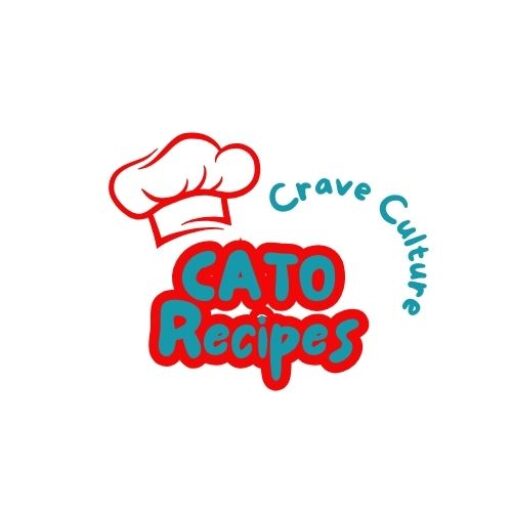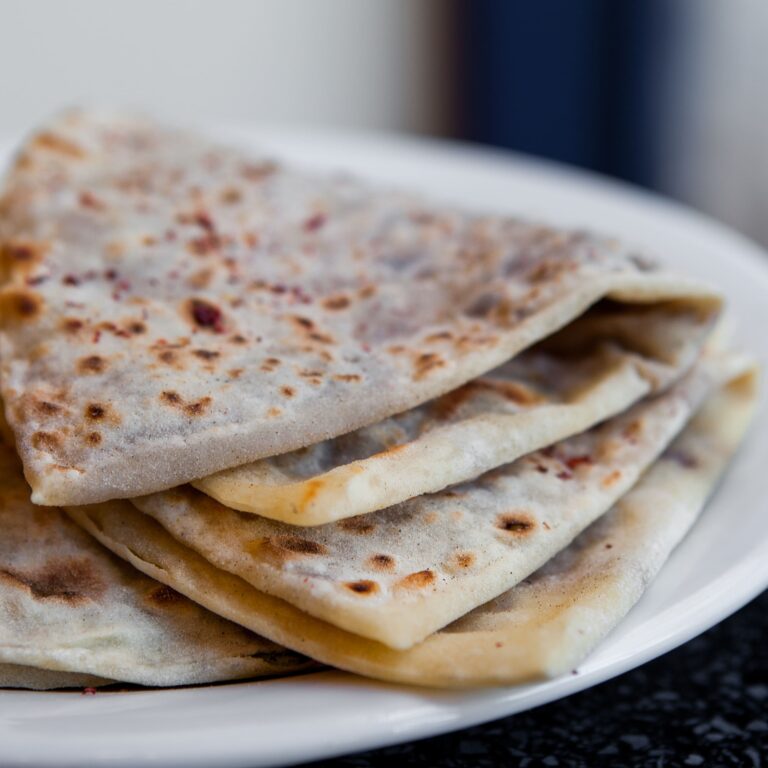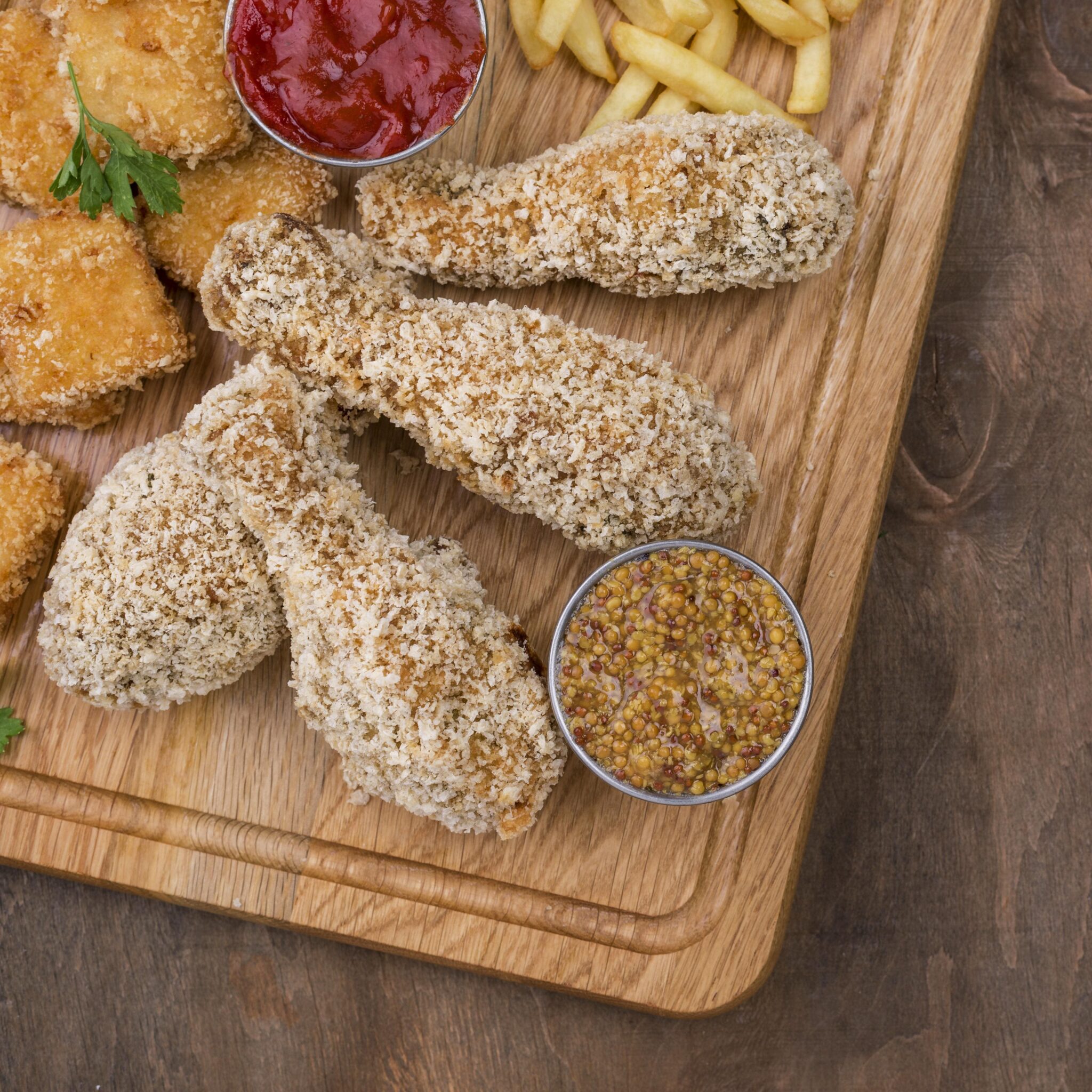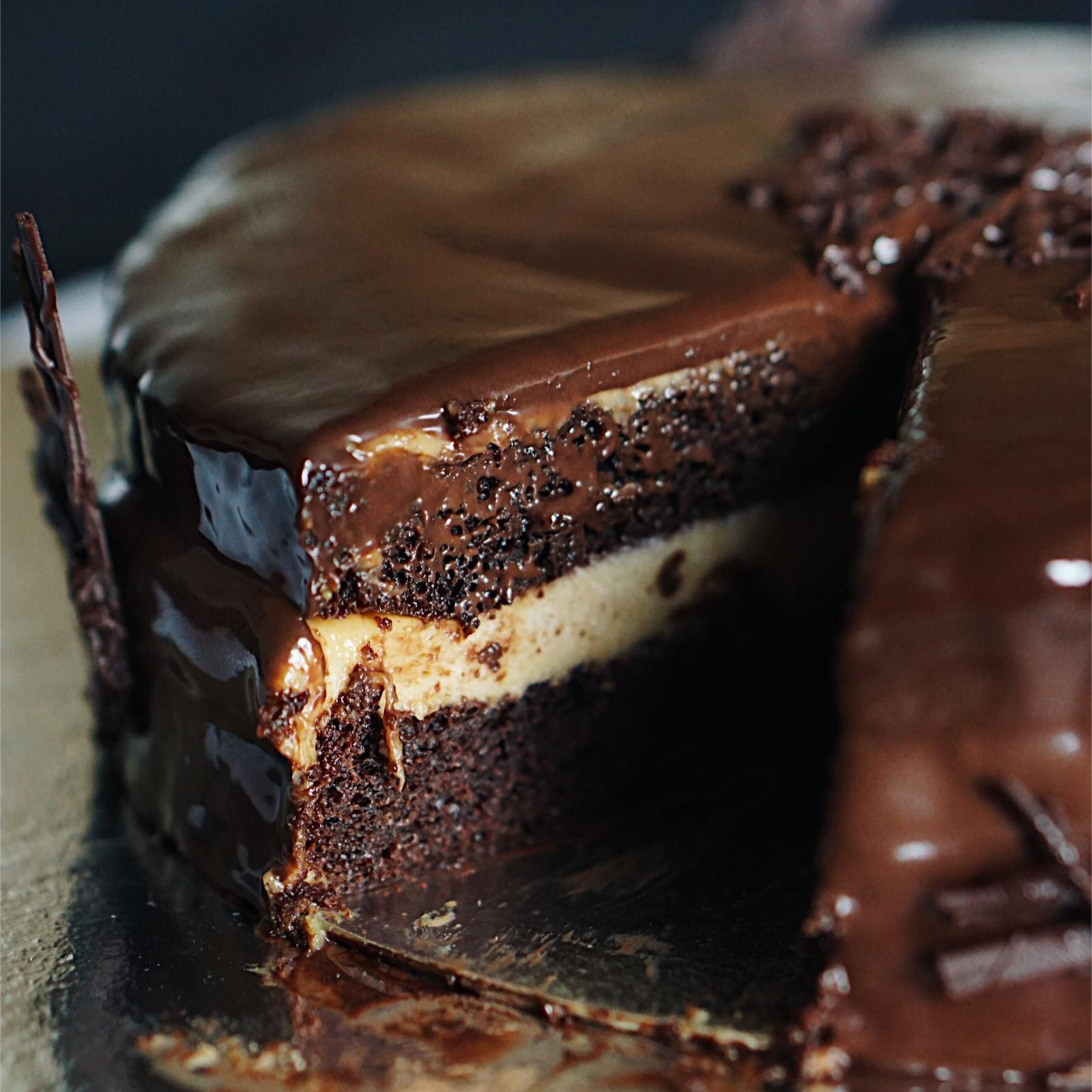When it comes to breakfast favorites around the world, pancakes often take the spotlight. But have you ever heard of Msemen? This traditional Moroccan flatbread is not just a treat for the taste buds but also a cultural experience that stands apart from the classic pancakes many of us know. Rich in history and flavor, Msemen is a culinary gem that reflects Morocco’s vibrant traditions and hospitality. In this article, we’ll dive deep into the world of Msemen, explore its uniqueness, and understand how it compares to the Western-style pancakes we’re all familiar with.
A Traditional Moroccan Delight
Overview of Msemen
Msemen is a flaky, layered Moroccan flatbread often enjoyed during breakfast or as a snack. Its unique texture and flavor make it stand out from other types of bread. Cooks create Msemen by folding dough multiple times before frying it in a pan. The result is a beautifully crisp yet chewy bread that pairs perfectly with a variety of toppings.
Cultural Importance
Moroccan families frequently serve this msemen during gatherings, special occasions, or leisurely morning meals. They cherish the tradition of sharing it over a pot of mint tea, which symbolizes hospitality and togetherness. For many Moroccans, this bread represents more than just food; it connects them to their roots and traditions.
How It’s Served
Msemen is incredibly versatile. People commonly serve it with honey and butter for a sweet treat or pair it with savory options like cheese, olives, or even spicy harissa. Whether you prefer sweet or savory, Msemen is a canvas for flavor exploration.
Moroccan Culture Around Food
The Art of Hospitality
Food in Moroccan culture intertwines deeply with hospitality. Hosts treat guests with the utmost respect, offering elaborate meals designed to make visitors feel welcomed and cherished. Sharing food remains a central part of Moroccan social life, with dishes like Msemen symbolizing generosity and warmth.
Communal Eating
Families often gather around a large dish to share meals in Moroccan households. This communal eating style fosters a sense of connection. Bread, such as Msemen or Khobz, frequently replaces utensils, emphasizing the hands-on and shared nature of Moroccan dining.
Traditional Flavors and Ingredients
Moroccan cuisine showcases rich, aromatic flavors created by spices like cinnamon, cumin, turmeric, and saffron. Ingredients such as olives, preserved lemons, and honey enhance dishes, striking a balance between sweet and savory. These flavors shine through in how Msemen is prepared and enjoyed, whether paired with sweet toppings or savory accompaniments.
Mint Tea Ritual
No discussion of Moroccan food culture is complete without mentioning mint tea. Known as “Moroccan whiskey,” this sweet, refreshing beverage accompanies gatherings and meals. Hosts often serve mint tea alongside Msemen, completing the experience of a traditional Moroccan breakfast or snack.
Msemen, completing the experience of a traditional Moroccan breakfast or snack.
Regular Pancakes: A Western Breakfast Staple
Definition and Origin
Pancakes have long been a breakfast favorite in Western cuisine. Their history dates back centuries, with variations found in ancient Greek and Roman cooking. Today, pancakes are a staple in countries like the United States, Canada, and the UK, often associated with comfort and indulgence.
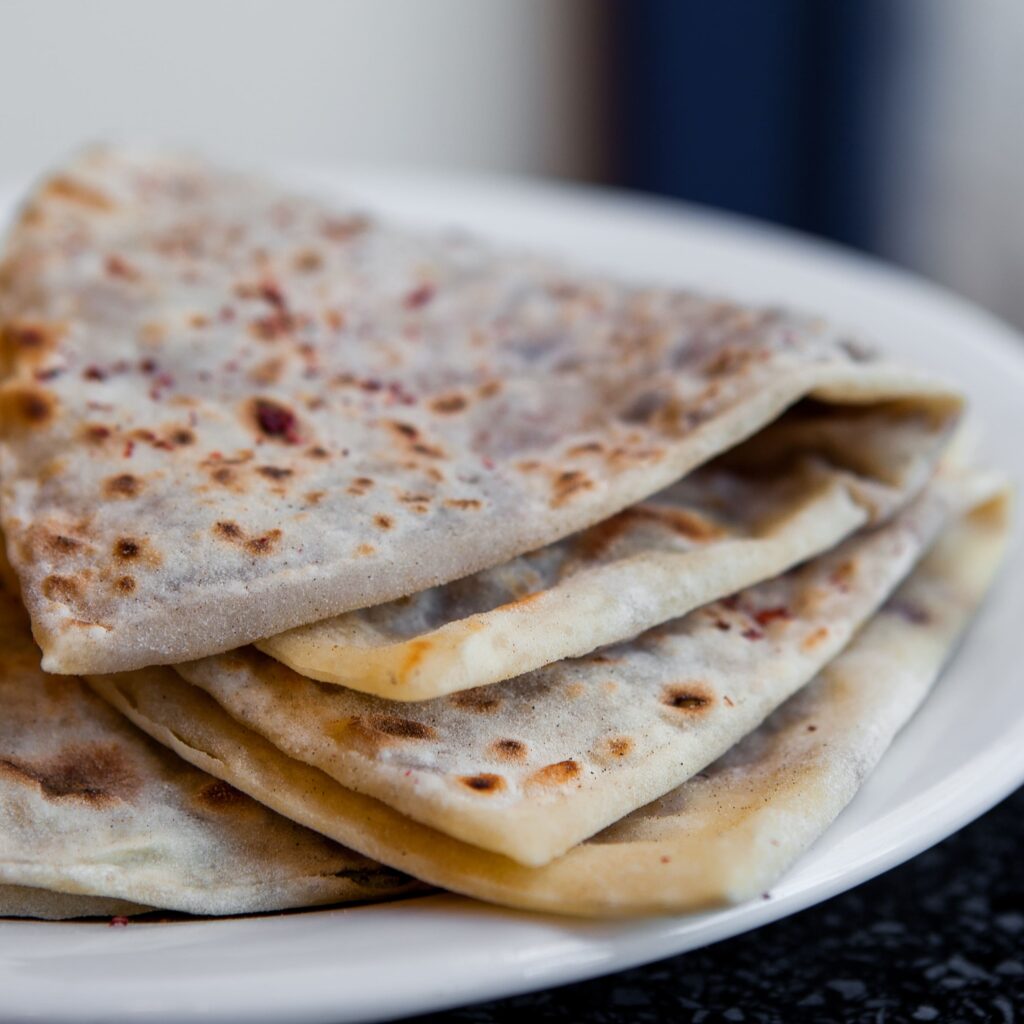
Ingredients and Preparation
The simplicity of pancake recipes is part of their appeal. Made with basic ingredients like flour, eggs, milk, sugar, and baking powder, pancakes are quick and easy to whip up. The batter is poured onto a hot griddle or frying pan, where it cooks to golden perfection.
Variations Around the World
While the classic American pancake is thick and fluffy, variations exist worldwide. French crêpes are thin and delicate, Swedish pannkakor are light and airy, and Japanese soufflé pancakes are famously tall and jiggly. Each version reflects the culture and culinary preferences of its region.
Key Differences Between Msemen and Regular Pancakes
Ingredients and Texture
One of the most significant differences between Msemen and regular pancakes lies in their ingredients and texture. Msemen is made from a dough that combines all-purpose flour, semolina, water, salt, and oil. Its doughy nature allows for layering and folding, creating a flaky texture. On the other hand, pancakes rely on a batter, giving them their signature fluffy texture. While pancakes are soft and airy, Msemen is chewy with crisp edges.
Cooking Method
The preparation process for Msemen is more intricate than that of pancakes. To make Msemen, the dough is kneaded, flattened, folded into layers, and then fried in a skillet with a touch of oil. This folding technique is what creates its characteristic flakiness. Pancakes, in contrast, are made by pouring batter onto a hot griddle and cooking it on both sides until golden brown.
Taste Profile
Taste is another area where Msemen and pancakes differ. Msemen has a slightly savory base due to the inclusion of semolina and salt, making it adaptable for both sweet and savory toppings. Regular pancakes, with their sugar and baking powder, are naturally sweeter and are often enjoyed with sugary syrups or fruit.
Why Msemen is Unique and Worth Trying
Cultural Experience
Trying Msemen is about more than just tasting a new dish; it’s about immersing yourself in Moroccan culture. Eating Msemen with mint tea or as part of a traditional breakfast provides a glimpse into the hospitality and warmth of Moroccan households.
Versatility
One of the reasons Msemen stands out is its versatility. Whether you enjoy it with a drizzle of honey, a dollop of jam, or stuffed with savory fillings like spiced ground meat or vegetables, Msemen caters to a variety of tastes and preferences. It can be a breakfast, snack, or even a light meal.
Healthier Alternative?
Depending on how it’s prepared, Msemen can be a lighter alternative to pancakes. With less sugar and a focus on whole ingredients like semolina, it can fit into a balanced diet. Of course, moderation is key, especially when paired with rich toppings.
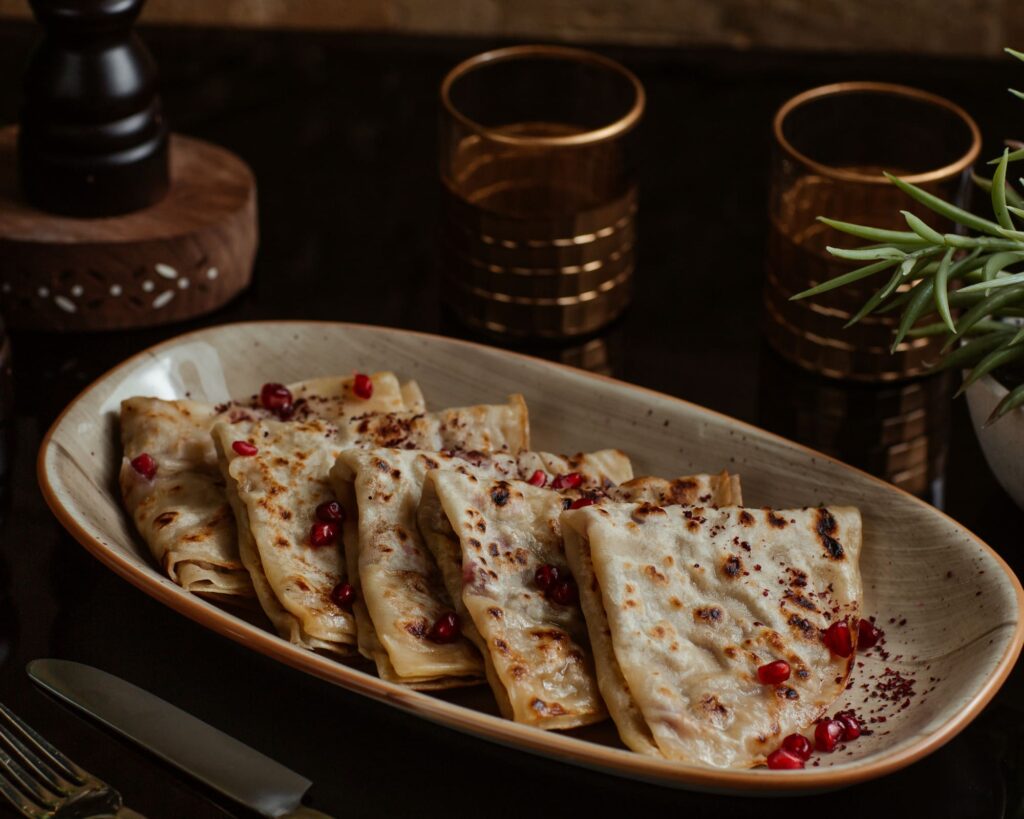
How to Make It at Home (Simple Recipe)
Ingredients You’ll Need
following ingredients:
- 2 cups all-purpose flour
- 1 cup fine semolina
- ½ teaspoon salt
- 1 cup warm water
- ¼ cup vegetable oil (for folding)
- Butter (optional, for frying)
Step-by-Step Instructions
- Prepare the Dough: Combine the flour, semolina, and salt in a mixing bowl. Gradually add warm water and knead until you have a smooth, elastic dough. Cover and let it rest for 30 minutes.
- Shape the Dough: Divide the dough into small balls. Flatten each ball on a greased surface using your hands, spreading it thin.
- Fold and Layer: Brush the flattened dough with oil, then fold it into a square or rectangle. Repeat this process to create multiple layers.
- Cook the Msemen: Heat a skillet over medium heat. Fry each piece of Msemen, flipping occasionally, until golden brown and crisp on both sides.
Pro Tips for Beginners
- Use fine semolina for a smoother dough.
- Don’t rush the kneading process; the dough’s elasticity is key.
- Keep the skillet well-oiled but not overly greasy to avoid sogginess.
Frequently Asked Questions
1. What is the origin of Msemen?
Msemen originates from Morocco and is a staple in North African cuisine. Its rich history is tied to the region’s culinary traditions and hospitality.
2. Can I make Msemen without semolina?
While semolina contributes to Msemen’s signature texture, you can substitute it with all-purpose flour if necessary. However, the result may lack the authentic chewiness.
3. Is Msemen gluten-free?
Traditional Msemen is not gluten-free, as it uses wheat-based flour and semolina. For a gluten-free version, you would need to experiment with alternative flours like almond or rice flour.
4. How do I store leftover Msemen?
You can store cook it in an airtight container at room temperature for up to 2 days. For longer storage, freeze them and reheat in a skillet before serving.
5. What are common toppings for Msemen?
Popular toppings include honey, butter, jam, and cheese for sweet versions, while savory variations may include spiced vegetables or meat fillings.
Conclusion
Msemen and regular pancakes may share a similar purpose as breakfast staples, but they each bring something unique to the table. While pancakes are cherished for their fluffy simplicity, Msemen offers a flaky, versatile experience steeped in cultural tradition. Whether you’re looking to expand your culinary horizons or simply try something new, Msemen is a must-try dish that’s sure to delight your palate.
Why not take a step into the world of Moroccan cuisine and try making this traditional flatbread at home? With its rich cultural significance and mouthwatering flavors, it’s more than just a dish it’s a story waiting to be savored. Share your culinary journey with us in the comments below and inspire others to discover the magic of Msemen!
